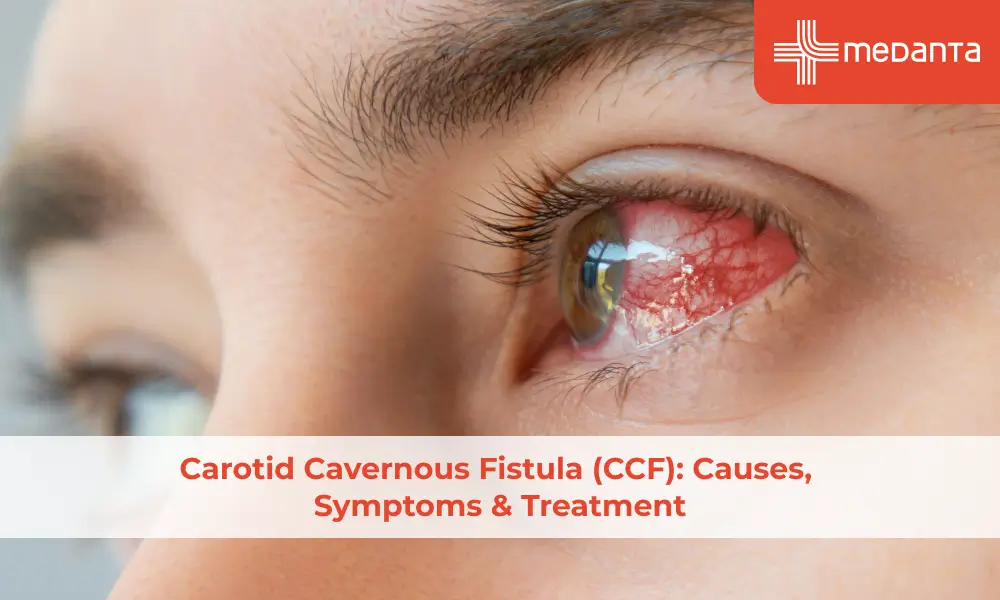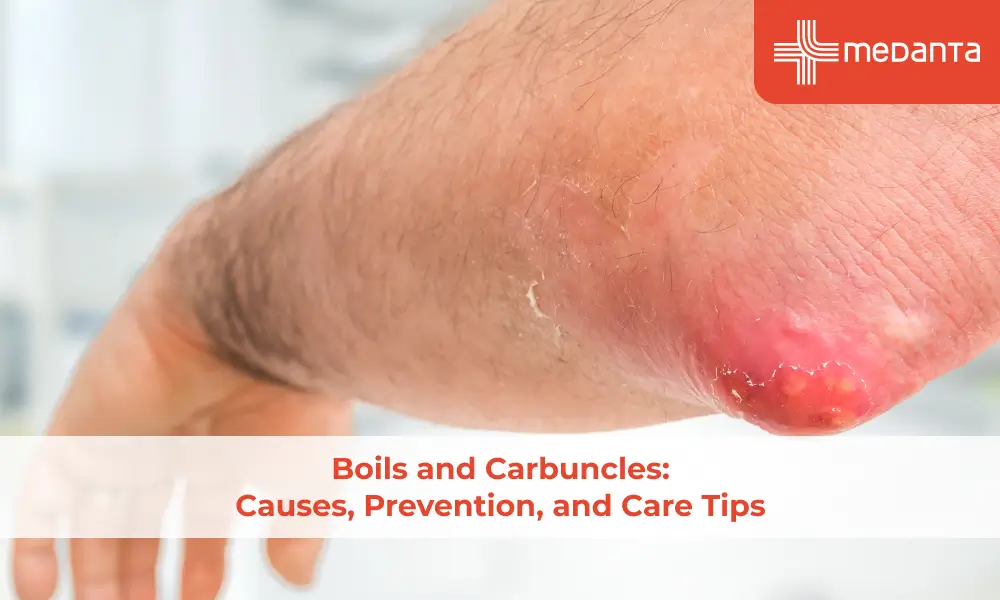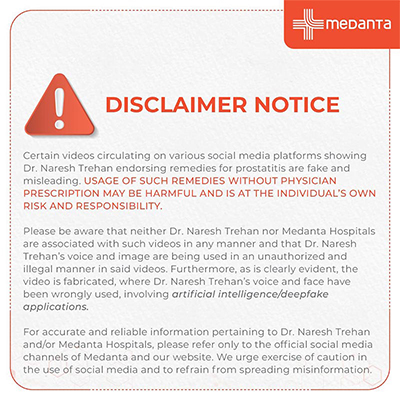When dengue is an emergency?

TABLE OF CONTENTS
Dengue fever impacts nearly 400 million people annually, and only when we are willing to recognise its emergency signs can we save lives. The disease can quickly become critical despite 80% of infected people showing no symptoms, particularly in children.
The disease's most dangerous phase emerges 24 to 48 hours after the fever subsides. During this critical window, dengue symptoms can suddenly worsen and progress to severe dengue. A child's warning signs should alert parents: persistent vomiting, severe abdominal pain, bleeding from gums or nose, and rapid breathing.
Parents need clear guidance to spot these warning signs that demand immediate medical care. This piece helps them understand how regular dengue fever can change into a life-threatening emergency.
The Three Phases of Dengue: What Parents Should Know
Parents need to understand how dengue progresses to recognise the need for medical attention. The disease follows a predictable pattern with three distinct phases, each showing unique characteristics.
1. Febrile Phase (Days 1-3)
The fever phase starts 4-10 days after a mosquito bite and lasts 2-7 days. Children at this time experience:
Sudden high fever (40°C/104°F)
Severe headaches and pain behind their eyes
Muscle, joint, and bone pain
Facial flushing and skin redness
Nausea, vomiting, and loss of appetite
Possible rash and minor bleeding (nose, gums)
The fever stays high throughout this period and sometimes appears in a biphasic pattern. Parents should help their children stay hydrated and comfortable.
2. Critical Phase (Days 3-7)
Day 3-7 marks the start of the critical phase, which often coincides with the fever dropping. This crucial 24-48 hour period needs the closest monitoring. The disease becomes dangerous at this time because:
Plasma leaks from blood vessels
Platelet count drops faster
The risk of the shock increases substantially
A drop in temperature does not signal recovery. This phase marks the start of the most dangerous period and requires careful observation to spot warning signs of severe dengue.
3. Recovery Phase (Days 7-10)
Recovery typically begins after the critical phase ends, around days 6-7 of illness. The child's body shows these changes:
Extravascular fluid returns to circulation
Clinical condition improves overall
Appetite comes back, and fatigue lessens
Platelet count starts rising
A second itchy rash might appear
Children urinate more frequently during recovery as their fluid balance returns to normal. Their legs might develop a red, itchy rash, and bradycardia (slow heart rate) commonly occurs.
Parents must watch for warning signs that indicate the need for immediate hospitalisation, especially when their child moves from the febrile to the critical phase.
How to Spot the Transition to Severe Dengue
Dengue's deceptive nature makes it especially dangerous. Most illnesses improve steadily, but dengue becomes most threatening right when patients seem to get better. This critical change usually happens after the fever breaks, around days 3-7 of illness.
The Deceptive Recovery
Dengue patients often think they're recovering once their fever goes away. This moment actually marks the start of the most dangerous phase.
Watch for These Warning Signs
Parents should watch for these danger signals that develop within 24-48 hours after the fever breaks:
Severe stomach pain or tenderness
Persistent vomiting (three or more times in 24 hours)
Bleeding from the nose or gums
Faster breathing
Unusual fatigue
Pale and cold skin
Excessive thirst
These symptoms show the virus might be causing plasma to leak from blood vessels. This is a big deal as it means that shock, organ damage, and death could follow.
Who Faces Higher Risk?
The risk of severe dengue increases substantially if you have:
Children under 10 years
Adults over 65
Diabetes, high blood pressure, or chronic kidney/liver disease
A second dengue infection
Research shows second infections substantially increase severe dengue risk.
Changes happen faster—often within hours. During this phase, the virus damages blood vessels and causes fluid to leak into tissues, potentially triggering shock. Life-threatening complications start with plasma leakage, which typically lasts 48-72 hours.
Early detection of warning signs allows quick medical help, reducing death rates substantially.
7 Critical Warning Signs That Require Immediate Action
Your ability to spot severe dengue warning signs could save lives. These key indicators usually show up 24-48 hours after the fever breaks. Parents might think their child is getting better at this exact moment.
The World Health Organisation and CDC say you should rush to emergency care if you notice any of these seven warning signs:
Severe abdominal pain or tenderness - This points to possible internal bleeding or organ damage
Persistent vomiting - Three or more episodes within 24 hours hint at serious complications
Bleeding from nose or gums - Even small bleeding shows blood vessels have become damaged and leaky
Blood in vomit or stool - This looks like black, tarry stools or vomiting blood, which signals serious internal bleeding
Extreme fatigue or restlessness - Strange behaviour, irritability, or lethargy needs immediate attention
Rapid breathing or respiratory distress - This shows fluid might be leaking into the lungs
Cold or clammy skin - Pale, cold skin often comes with dangerously low blood pressure
In addition, look out for other serious symptoms, such as bleeding under the skin that looks like bruising, extreme thirst, or trouble staying alert.
Note that severe dengue develops faster—often within hours. About 1 in 20 dengue patients will get the severe form. People who get dengue a second time face higher risks.
Don't try to treat these symptoms at home. Patients in the critical phase need close monitoring of vital signs, possible IV fluids, and sometimes blood transfusions. Severe dengue is a medical emergency that requires immediate hospital care.
Conclusion
Dengue fever can trick you with its predictable progression. The fever breaking doesn't mean recovery - it marks the start of the riskiest period. Parents should watch their children closely for 24-48 hours after the fever goes down. Their child's severe stomach pain, continuous vomiting, bleeding, or unusual tiredness at this stage just needs quick medical help.
Young children under 10, seniors over 65, and people getting dengue for the second time run a higher risk of serious complications. Quick action makes the most important difference in recovery.
Understanding these warning signs ended up saving many lives. Parents who know dengue's three phases can spot dangerous changes before they become life-threatening. This knowledge enables families to take swift action at critical moments and gives their loved ones the best chance to recover fully.
FAQs
What are the three phases of dengue fever?
Dengue fever progresses through three distinct phases: the febrile phase (initial 2-7 days with high fever), the critical phase (24-48 hours when complications can arise), and the recovery phase (when symptoms improve and the body begins to heal).
When is dengue most dangerous?
Dengue is most dangerous 24 to 48 hours after the fever breaks, typically around days 3-7 of illness. This period marks the beginning of the critical phase when severe complications can suddenly develop.
What are the warning signs that dengue has become severe?
Key warning signs include severe abdominal pain, bleeding from gums or nose, persistent vomiting, blood in vomit or stool, rapid breathing, extreme fatigue or restlessness, and cold or clammy skin.
Who is at higher risk of developing severe dengue?
Children under 10 years, adults over 65, individuals with pre-existing conditions like diabetes or high blood pressure, and those experiencing their second dengue infection are at higher risk of developing severe dengue.
How does prompt medical care affect survival rates in severe dengue cases?
Prompt medical care significantly improves survival rates in severe dengue cases. Without proper treatment, mortality rates can reach 30%, but with experienced medical care, this rate drops to less than 1%.






